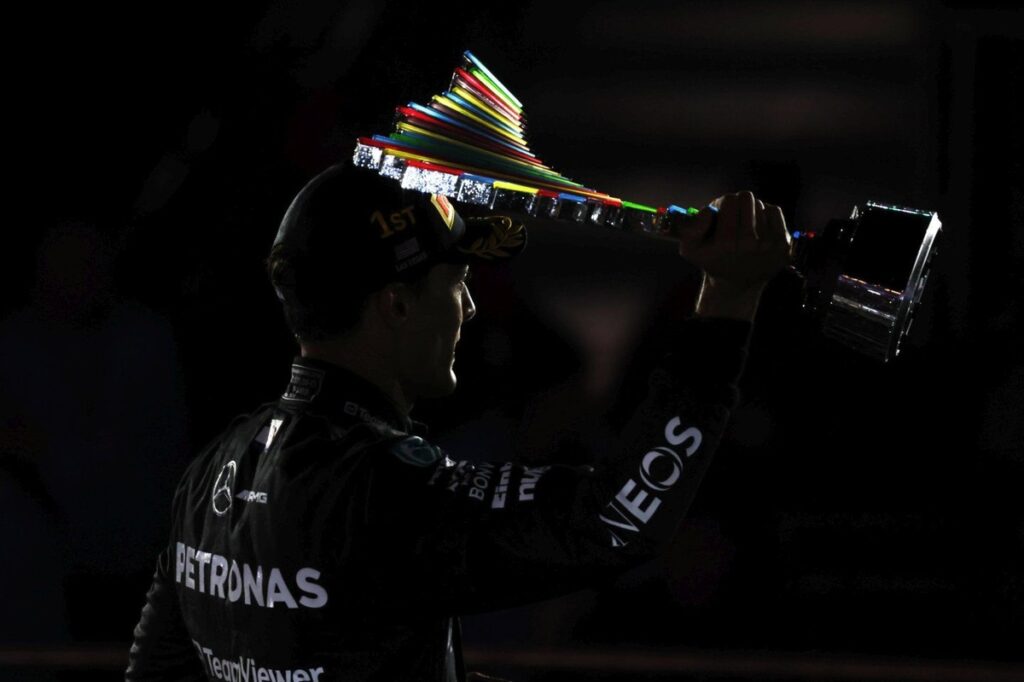
Formula 1 trophies are more than just awards; they represent the culmination of months of design and development. Each trophy is unveiled during grand prix podium celebrations, where the top three finishers interact with dignitaries, spray Champagne, and proudly lift their trophies high. The process of creating these iconic symbols of victory begins long before the race weekend, involving meticulous planning and innovative design techniques.
The design journey for an F1 trophy typically starts at the beginning of the racing season, often several months before the first race. According to the FIA (Fédération Internationale de l’Automobile), the governing body of Formula 1, designers collaborate closely with engineers and artists to conceptualize a trophy that reflects the spirit of the event and the history of the sport. Each trophy is unique to its location, embodying elements that resonate with the culture and heritage of the hosting country.
Innovative Techniques Shape Unique Designs
Modern trophy design incorporates advanced technologies, including 3D printing. This method allows for intricate details and shapes that traditional manufacturing processes may not achieve. For instance, the trophy for the 2023 British Grand Prix at Silverstone showcases a design that pays homage to the iconic British motorsport venue. The trophy features elegant curves and a polished finish, designed to capture the attention of both drivers and fans alike.
In addition to aesthetic considerations, the materials used in trophy construction are selected for their durability and visual appeal. Designers often choose metals such as stainless steel or brass, ensuring the trophy maintains its shine even after being handled and displayed. The careful selection of materials not only enhances the trophy’s appearance but also reflects the prestige associated with achieving a podium finish in Formula 1.
The craftsmanship involved in creating these trophies is exceptional, with artisans dedicating countless hours to ensure every detail is perfect. Each trophy is a work of art, symbolizing not just the victory of the drivers but also the technological advancements and cultural significance of the sport.
Collaboration and Tradition in Trophy Design
Collaboration among various stakeholders is crucial in the trophy design process. Designers frequently engage with sponsors and event organizers to gather input and align the trophy with branding and promotional efforts. This partnership ensures that the final product resonates with sponsors while maintaining the integrity of the sport.
Tradition also plays a significant role in the evolution of trophy design. While modern techniques and materials allow for innovative creations, many trophies still incorporate classic elements that pay tribute to the sport’s rich history. For example, the traditional shape of the trophy often resembles a chalice, symbolizing victory and achievement.
As the 2023 season progresses, fans can look forward to witnessing the unveiling of new trophies at various grand prix events. Each trophy tells a story, representing the hard work and dedication of the drivers and teams who compete at the highest levels. The anticipation surrounding these awards adds an extra layer of excitement to the podium celebrations, making them a highlight of every race.
In conclusion, the journey of designing an F1 trophy is a fascinating blend of artistry, technology, and tradition. The careful planning and execution involved in creating these awards underscore their significance in the world of motorsport. As drivers take to the podium, the trophies they lift are not just symbols of victory; they are masterpieces that capture the essence of Formula 1 racing.






